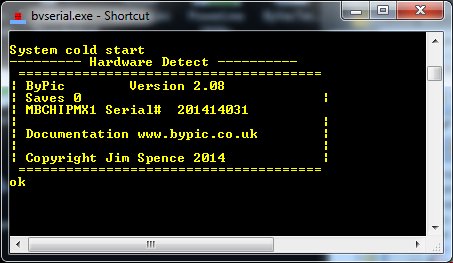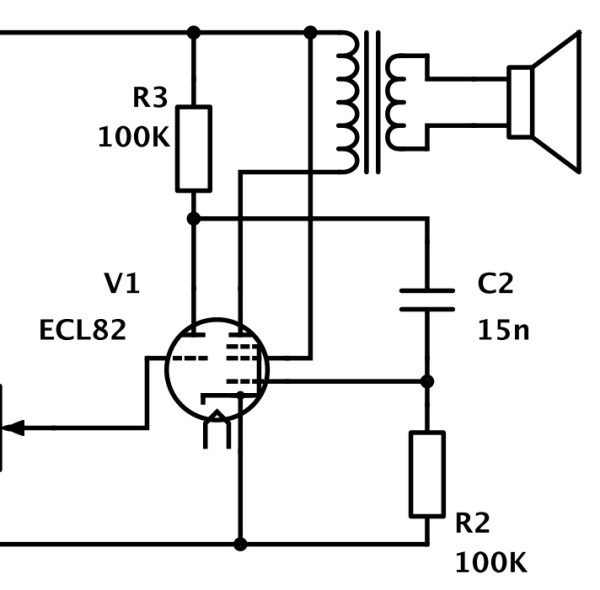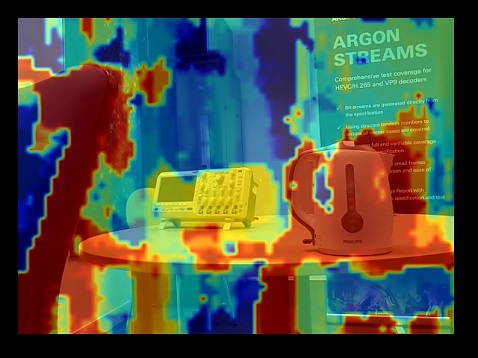The world of drones and FPV remote-controlled aircraft is rapidly expanding, airframes are getting bigger, and the demand for even cooler AV gear is higher than ever. [elad] got his hands on a Sony block camera that is able to zoom in on a scene – great if you want to get close to the action while still flying a safe distance away. Controlling the zoom on these cameras is usually done through RS232, but [elad] made it work with an RC transmitter.
The camera [elad] is using is a Sony FCB-EX11D block camera with a standard SD resolution sensor. This camera has 10x optical zoom, making it a great solution to aerial surveillance, the only problem being the RS232 connection and the VISCA protocol. [elad] used an Arduino to listen in on the elevator channel from an RC receiver, translating that to something the camera will understand. The result is a controllable zoom on a camera that could easily take to the skies.
The entire camera package, with Arduino and electronics included, weighs in at about 100 grams. That’s about the same as a GoPro, and would fit perfectly on a camera gimbal. The only problem is getting a transmitter with enough channels or someone else to operate the camera while flying. Video below.
Continue reading “Controlling A Block Camera With An RC Transmitter”

















